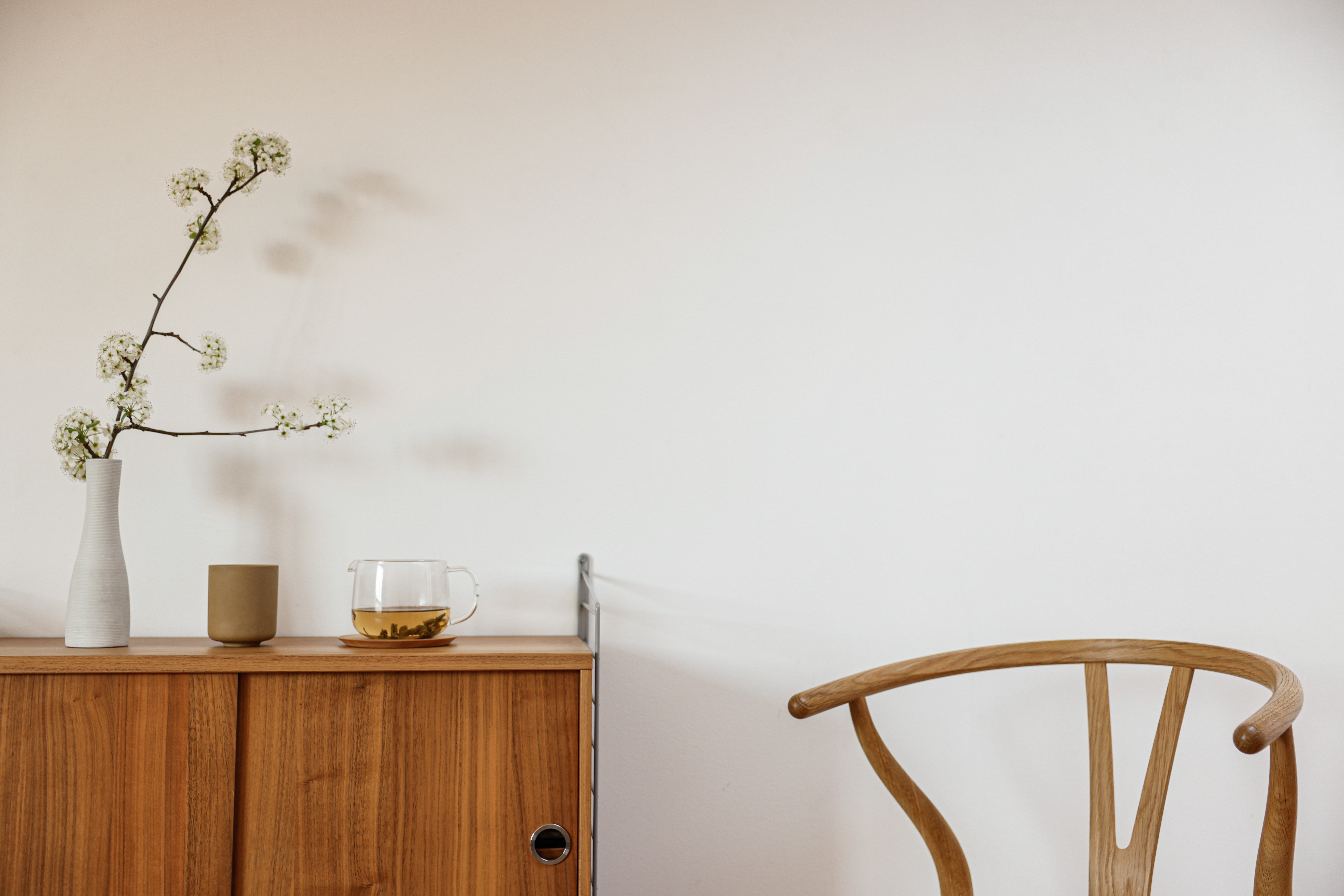We all know how important it is to do our bit for the planet, and when it comes to sustainable office design it all starts with your office search. Nowadays, many businesses set themselves sustainability goals – but these can be hard to achieve when they are limited by the decisions of their landlord.
Simply put, choosing a sustainable office space is the crucial first step. Having helped many businesses find office spaces that fit their sustainability goals, we’ve created a handy list of all the key considerations you should make when looking for your next space.
START BY DEFINING YOUR SUSTAINABILITY GOALS
The first step of any office search is defining your goals, so you have a better idea of what you’re looking for, and what you’re not. When it comes to sustainability, there are many different goals a business can set itself, from reducing carbon emissions to increasing energy efficiency as well as boosting productivity.
Ultimately most businesses aim to create a healthier workplace for their employees – improving the air quality by reducing toxic chemicals. Many businesses even go one step further by enhancing their Corporate Social Responsibility programmes with their sustainability pledges, to boost their good work even further.
You don’t have to pick just one sustainability goal, but rather pick those that mean the most to you and the businesses stakeholders. Like any other business goal, your sustainability goals are much more likely to be achieved if they are SMART – so make them specific, measurable, achievable, realistic and timebound.
WHAT SHOULD YOU CONSIDER IN YOUR SEARCH FOR A SUSTAINABLE OFFICE?
CONSIDER THE SUSTAINABILITY OF THE BUILDING ITSELF
It may sound obvious, but it’s a lot harder to reduce the carbon footprint of an unsustainable building. Newly constructed buildings tend to be more energy efficient (because they can be built with sustainability in mind), although as 80% of the buildings we’ll have in 2050 have already been built, it’s important that we do everything we can to make our existing buildings as sustainable as possible.
When fitting out a building, it’s important to consider ways to improve the energy efficiency and air quality of the building, as well as trying to get the most from the materials you use, the water, lighting and solar capabilities too.
Building accreditation, such as BREEAM (Building Research Establishment Environmental Assessment Method) and LEED (Leadership in Energy and Environmental Design), can help validate the sustainability of a building. These certificates are only awarded to buildings that meet specific sustainability targets measuring energy, water and materials consumption, and production of waste and pollution.
In terms of energy efficiency, it is also worth requesting a copy of the Energy Performance Certificate (EPC) as well as the associated building report so you can fully understand the efficiency of the office space. Having a building management system can make it easier to monitor and control energy usage, and sufficient sub-metering can help to measure and report the energy that you do use. An energy efficient office space will help you keep your bills down as well as helping meet your sustainability goals.
ENERGY EFFICIENCY
The UKGBC claims that space heating accounts for 10% of the nation’s carbon footprint, with offices accounting for the second highest total energy consumption in non-domestic buildings after factories – needless to say that improving the energy efficiency of office buildings can go a long way in protecting the environment.
One way of doing this is by changing to renewable energy sources that are powered by natural sources such as sunlight, wind, water and geothermal heat, and do not pollute the air like fossil fuels do. In fact, according to a 2022 report by the International Renewable Energy Agency, renewable energy is now the cheapest form of power – given the significant rise in price of non-renewable forms. So, now there’s no excuse not to choose these eco-friendlier alternatives.
As well as harboring renewable energy sources, businesses can reduce their overall energy consumption by simply turning off unused computers and lights that don’t need to be on – or even more easily, by using appliances with low energy modes that can do this by themselves.
AIR QUALITY AND THERMAL COMFORT
Often overlooked when designing office spaces, the air quality of a building can really impact its overall sustainability. To keep energy usage down, look for ways to provide fresh air via natural ventilation, rather than having to rely on costly and high energy-consuming air conditioning systems.
Working in an office space with fresh air and thermal comfort (ie. the ‘Goldilocks’ of temperature – not too hot, not too cold but just right) can positively impact employees’ health and wellbeing. Comfortable and alert workers are more likely to stay motivated with their tasks, leading to greater productivity. Good ventilation can also keep employees healthy, especially if they suffer from allergies or other respiratory problems.
Heating, ventilation and air conditioning (HVAC) systems will also have their own energy ratings – which go on to impact the buildings overall EPC rating. Outdated HVAC systems can produce harmful emissions and are not energy efficient – therefore factor this in when searching for your sustainable office space.
Materials, paints, furniture and equipment that emit toxins can act as indoor pollutants, which are often more harmful than outdoor pollutants. To minimise these toxins, stick to low-emission materials and purify the air with plants. Biophilic design, bringing the outside in, encourages incorporating greenery into office spaces – which can also be very beneficial to employees’ mental health.
LIGHT
Another factor to consider when designing a sustainable office space is light. Good lighting is essential – it can reduce eye fatigue and headaches, prevent workplace accidents, as well as balance our circadian rhythm and improve our mood.
On average, lighting is the largest single use of electricity in commercial buildings – so it’s really important to consider more sustainable alternatives, such as built-in PIR sensors, or zonal sensors that can turn themselves off when nobody is detected in the office. Another lighting option is circadian lighting, which follows the natural circadian rhythm of our internal body clocks, getting gradually brighter during the day to signal times to be more alert and productive.
Taking advantage of any natural light, with floor to ceiling windows and open plan features for example, can help save energy, reduce overall running costs as well as massively improve employee wellbeing. There are certain workplace lighting regulations that all workplaces are required to meet – but benefiting from a combination of natural lighting, and eco-friendly light sources, will help you meet these regulations as sustainably as possible.
Measuring a business’s solar gain (the increase in temperature caused by the sun) can also have an impact on its energy usage. South facing spaces for example, with higher levels of solar gain will require less heating and therefore will be more energy efficient than North facing spaces.
WATER
On average, each employee within an office building consumes around 50 litres of water per day – this figure may sound high, but keep in mind around 40% of this is used for sanitary purposes, and around 30% is used in heating and cooling the office environment.
There are many ways to conserve water within the workplace that can reduce both your carbon footprint as well as your water bills. Using low-flow, sensor taps and low-flush toilets as well as waterless urinals can all help significantly reduce water consumption. Water from washing dishes can be recycled to flush toilets (gray water) and harvesting rainwater provides a great, renewable (and free!) water supply.

SUMMARY
So there we have it – all the main factors you should be considering when searching for your new sustainable office space. When it comes to sustainability in the office, most of the big decisions lie with the landlord rather than the tenant, so you want to find a space that shares your goals.
This list has helped us match many businesses with new office spaces that fit all their sustainability goals, so we hope it can do the same for you – but if you do need any more help don’t hesitate to get in touch!
🚚 Source, negotiate and manage entire office moves.
🏢 Dispose, sublet or redesign your office.
🖊️ Professional, independent support.





